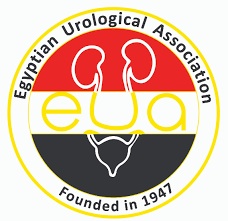Abstract
OBJECTIVE: To compare the efficacy, safety and durability of transurethral electrovaporization of the prostate (TUVP) with standard transurethral resection (TURP) in a prospective randomized trial. PATIENTS AND METHODS: The study included 110 consecutive men with symptomatic benign prostatic hyperplasia (BPH) admitted for surgery who were randomized to TUVP or TURP. The variables evaluated included the duration of surgery, catheterization and hospital stay, the International Prostate Symptom Score (IPSS), a quality-of-life assessment (QOL), the maximum urinary flow rate (Qmax) and the postvoid residual urine volume (PVR). RESULTS: Both groups showed a comparable significant and maintained decline in the mean IPSS, from 26.5 to 5.4 (TUVP) and from 26.6 to 5.6(TURP), and increase in mean Qmax, from 8.6 to 20.9 mL/s (TUVP) and 8.6 to 21.8 mL/s (TURP) after 1 year. However, there were significant differences in the mean duration of catheterization (TUVP 20.9 h, TURP 56.6 h, P<0.001), hospital stay (TUVP 2.3 day, TURP 3.4 days, P<0.001), and the duration and volume of post-operative irrigation (TUVP none, TURP 20.1 h with 17.5 L of saline). No patients both group developed urethral strictures and one patients in each group required re-operation for residual adenoma (1%); two patients undergoing TURP had a bladder neck stricture (3.6%). CONCLUSION: The results suggest that TUVP is as effective as standard TURP in the treatment of moderate-sized BPH. TUVP offers the advantage of using established instruments has excellent peri-operative haemostasis and requires a shorter hospital stay


